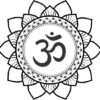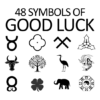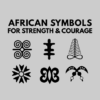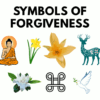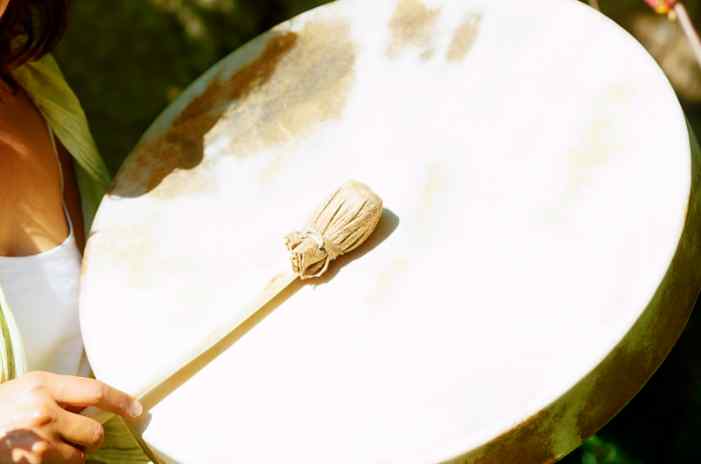
Shamanism is an ancient practice used to find spiritual insights and heal people. Many indigenous communities still have shamanic healers today.
With the right skills and knowledge, you can bring shamanism into your spiritual practice. One great way of doing so is with shamanic symbols, which can help you with everything from self-exploration and transcendence to finding harmony and healing.
What Is the Shamanic Journey + How to Find Your Shamanic Symbol?
A key part of shamanism involves going on shamanic journeys, and you can use shamanic symbols to help you. A shamanic journey involves accessing altered states of consciousness and traveling to different realms in your mind.
You might, for instance, visit the underworld where you can meet your power animal, spirit guides, and angels. Next, you might head to the upper world, where guides and teachers can help you make your desires a reality.
The role played by shamanic symbols in this process is key. Each symbol has its own energy, and you can use them on your journey to attract certain spirits or energies as well as ward negative ones away.
Shamanic symbols can also help you rearrange your inner world in ways that will improve your life. It’s all about your intentions and the symbols your intuition tells you to use.
21 Examples of Shamanic Symbols Found Across Various Cultures (+ Their Deeper Meanings)
Here are 21 powerful shamanic symbols found across various ancient shamanic cultures that you can use in your own life.
1. Wind Horse
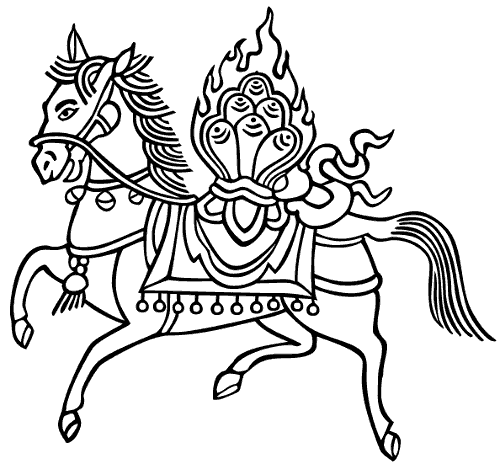
In the shamanistic traditions of East Asia and Central Asia, the wind horse is a potent symbol representing the human soul. It is believed to combine the speed of the wind and the strength of the horse to carry prayers from the earthly realm to the heavens. Thus the wind horse is a symbol for well-being, prosperity, and the fulfillment of desires.
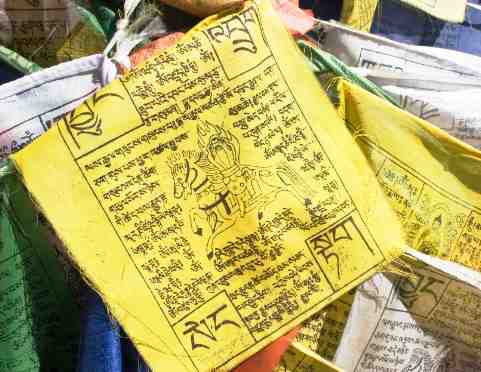
You can see the wind horse on Buddhist prayer flags, where it features alongside four other mythological creatures. With these flags, the wind horse is invoked in the morning and during a growing moon to bring harmony, wealth, and peace.
2. Sam-Taegeuk

Stemming from Korean shamanism, the sam-taegeuk consists of three swirling colors that each have their own meaning. Red means the earth, blue represents the heavens, and yellow symbolizes humanity. This three-part symbol forms the divine trinity in Korean tradition.
The overall meaning of the sam-taegeuk is balance and harmony (in a similar manner to the yin-yang symbol). You can create harmony using the sam-taegeuk in your spiritual practice: the symbol is often found on shamanic fans that you can use in your ceremonies.
3. Spiral Sun
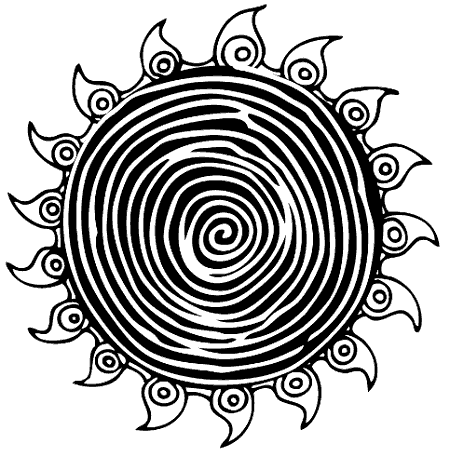
Inspired by the sun’s powerful life-giving, illuminating, and healing properties, indigenous tribes created the spiral sun symbol to represent the first healer or the first shaman. Just like shamans and the blazing sun, the spiral sun brings purification, renewal, transformation, and healing.
The use of a spiral in this symbol is significant. It is illustrative of how the sun’s healing power spirals outwards in all directions, symbolizing its omnipresence and omniscience. The Spiral Sun can be used to tap into this all-pervading life force. Moreover, the spiral symbolizes the cyclical nature of life and the universe, the inward quest towards self-discovery or higher consciousness, and the outward journey towards the cosmos.
Shamanistic rituals or practices using the Spiral Sun symbol can be oriented toward personal growth, healing, and spiritual development.
4. Double-Headed Snake
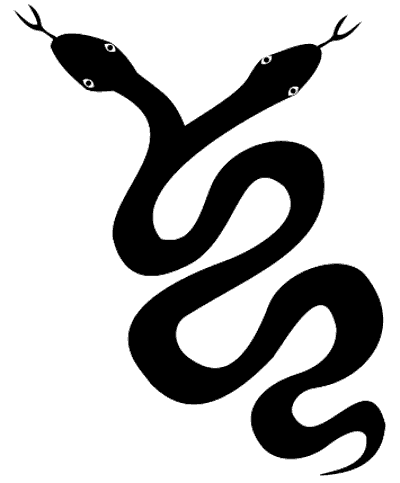
Found throughout the Americas the Double-Headed snake is a shamanistic symbol that carries several profound meanings mainly centered around duality, balance, transformation, and wisdom.
The snake itself is a potent symbol in many cultures symbolizing wisdom, healing, and spiritual growth. Its ability to shed its skin has long been associated with transformation and renewal.
When it comes to the Double-Headed Snake, its twin heads often represent the two facets of existence. They serve as a reminder of the delicate equilibrium between seemingly opposing aspects, such as day and night, life and death, earth and sky, or the physical and spiritual realms, and even the conscious and subconscious mind. It embodies the concept that these opposites are not conflicting forces but complementary aspects of a balanced whole.
In shamanistic practices, the Double-Headed Snake may be called upon or utilized as a symbol in healing rituals, personal transformations, or pursuits of enhanced wisdom and life balance.
The two heads can represent the earth and the underworld, helping you transcend physical reality and gain knowledge from other realms. What’s more, the snake’s two heads can convey looking towards the past and the future simultaneously, a process you might practice spiritually to gain insights for your life.
5. Dragon
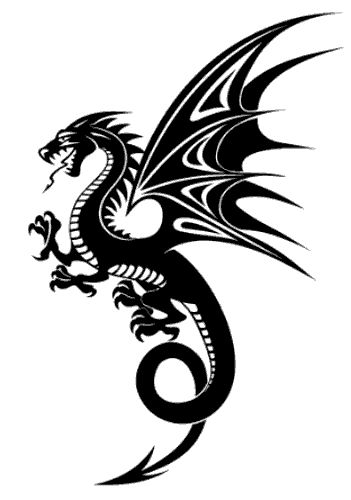
The Dragon, as a shamanistic symbol, holds significant meaning in many cultures around the world. Often viewed as a powerful spiritual guide and protector, it is believed to embody elements of strength, wisdom, and transformation.
The dragon symbolizes mastery over one’s primal instincts, representing the ability to transcend base urges and attain wisdom and enlightenment. It serves as a guide towards spiritual enlightenment, representing the journey from ignorance to knowledge, from unconsciousness to awareness.
In Taoist Chinese ecological lore, the dragon is a symbol associated with the great water goddess and her sacred life-giving element, water. As such, the dragon symbol embodies various sources of water, including dew, rain, rivers, and seas.
In contemporary Chinese communities, the dragon’s symbolism is still very much alive. For centuries, villagers have established shrines and offered sacrifices to the ‘Dragon Kings’, praying for weather conditions conducive to bountiful harvests. Thus, the dragon also represents fertility, a blessing that can be invoked using this symbol as needed.
6. Kokopelli
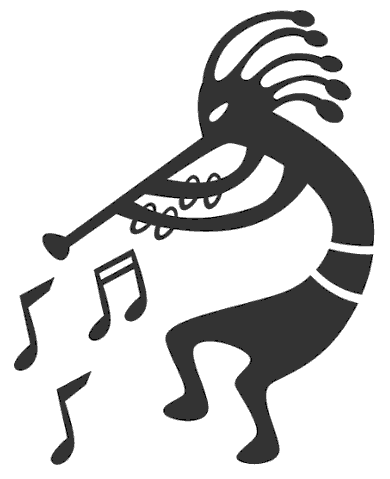
A powerful native American Shamanic symbol, Kokopelli is a humpbacked flute player—also known as the universal flute player—who creates the world by playing the flute.
Symbolizing fertility, Kokopelli mainly presided over agriculture and childbirth, but also helped with breeding livestock. If you undertake such pursuits today, or you wish to create a fertile life full of joy and success, then this symbol will suit your shamanic journeys.
Kokopelli’s flute also links him with music and its transformative powers that can be used to bring about joy, transformation, and healing.
In essence, Kokopelli is a powerful shamanistic symbol of creation, abundance, joy, happiness, good luck, healing, and the transformative power of music.
7. Healing Hand
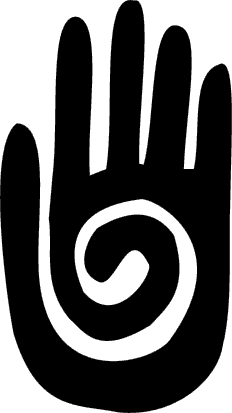
In healing, shamans use their hands to detect afflictions and channel positive energy. The healing hand embodies this and has powerful therapeutic potential, bringing recuperation and renewal for those who need it.
Notably, it’s not only physical wounds you can treat using the healing hand. If you are feeling stressed or fatigued, the healing hand can help you recharge.
Know that the energy brought by the healing hand is strong. This stems from its past usage by Hopi tribes, who used the symbol on their bodies, shields, and horses to prevent injury and speed up healing.
8. Cross within a Circle
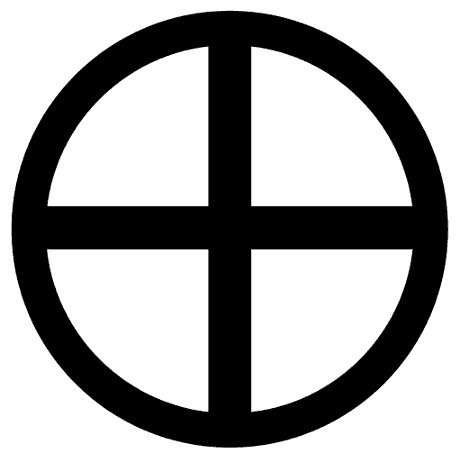
This cross within a circle is an old shamanic symbol embodying the macrocosmos and the circle of life. It also represents the microcosmos, which includes you as a human being—down to each cell of your body.
Inherent to this circular symbol is the idea that everything, from macro- to microcosmos, is interconnected. As humans, we are an integral part of this comprehensive whole, governed by the forces of nature, represented by the circle of life in this symbol.
The cross’s horizontal line signifies the earthly realm, while the vertical line stands for the spiritual realm. The intersection of these lines symbolizes creation, indicating the symbol’s utility in journeying between the terrestrial and spiritual dimensions to procure profound insights.
What’s more, the perimeter of the circle marks a boundary that signifies the protection necessary for survival. You can therefore use the cross within a circle for protection, clearing energy and purification.
9. Yggdrasil (Tree of Life)
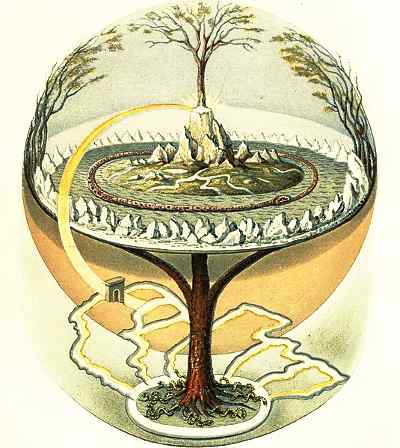
Trees are some of the longest-living species on earth, so tree of life symbols like the Yggdrasil inherently symbolize fertility and life.
In several traditions, the tree of life is located at the center of the earth, with its branches and roots stretching out to every plane of existence. Thus, it connects the underworld with the earth and the earth with the heavens—which, applied spiritually, can help you access varying realms of consciousness and knowledge.
Since trees like the Yggdrasil have eternal life and are forever able to grow anew, they also symbolize immortality and cosmic regeneration, reminding us that our souls are everlasting despite our transient time on earth.
10. North Star
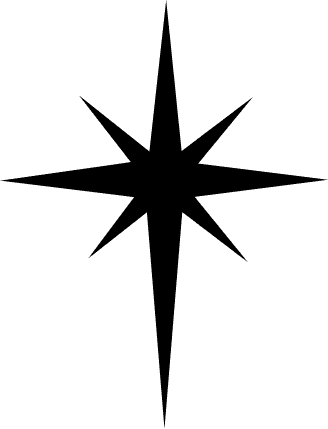
The North Star is a widely used shamanic symbol representing guidance and direction. You may use it outside for navigation, as humans have done for centuries, or spiritually for its symbolic meaning. Since the North Star illuminates a dark sky and twinkles bright, you can rely on it to lighten a dark mood and find hope.
What’s also special about the North Star is that it’s always there for you in the sky. Consider this as your reminder to trust in the universe and look to the sky for guidance when you need it.
11. Eucalyptus Tree
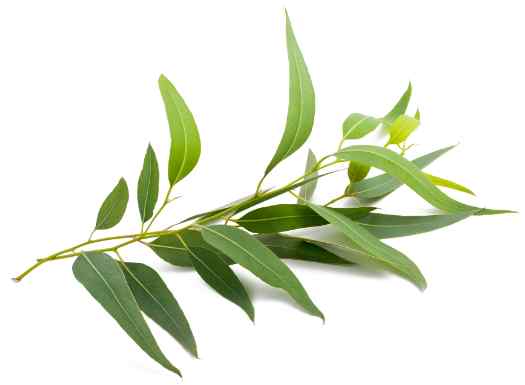
Although it’s not so well known today, the eucalyptus tree is one of the oldest shamanic symbols. It’s a plant used widely in shamanic healing.
One important role of the eucalyptus symbol is warding off negative energies and emotions. Burn a eucalyptus leaf or bear a eucalyptus symbol and you’ll cleanse your spirit and the spaces around you.
Further attributes of this symbol are strength and leadership. A eucalyptus tree is strong, sturdy, and can adapt quickly to new conditions, which are qualities you might wish to absorb.
12. Native American Shaman’s Eye
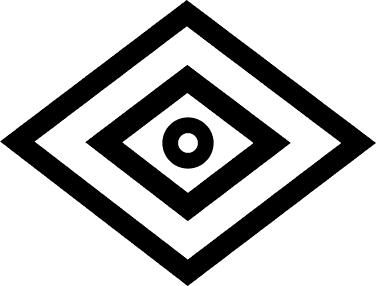
This symbol, also known as the ‘eye of a medicine man’, channels the omniscient, clairvoyant eye of Native American shamans.
The symbol’s outermost lines stand for the four corners of our universe, while the inner set of lines represents the spiritual world—everything the shaman sees that the naked eye cannot. The central dot stands for the shaman’s spiritual vision, which is all-seeing and all-knowing.
With the help of this symbol, you can cultivate the discerning, intuitive eye of the shaman.
13. Antlers
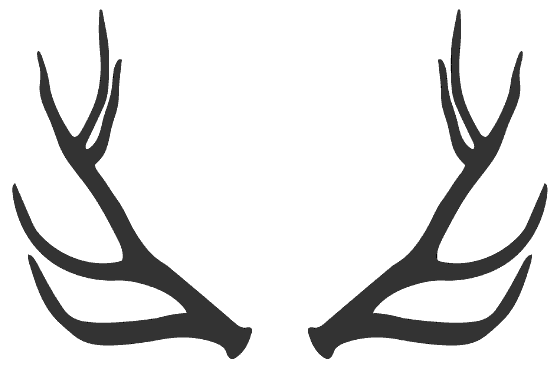
Ten-point antlers mark a shaman and his or her deep connection to nature. Bearing this symbol will help you harmonize with nature and utilize its power as a shaman does.
Since deer’s antlers regularly shed and regrow, the antler symbol also signifies transformation. You can therefore use it spiritually to help you shake off your past and reinvent yourself.
Lastly, deer also often play a part in shamanic journeys. Just like a shaman, you can use antlers to summon a deer that carries you to faraway realms.
14. Medicine Wheel
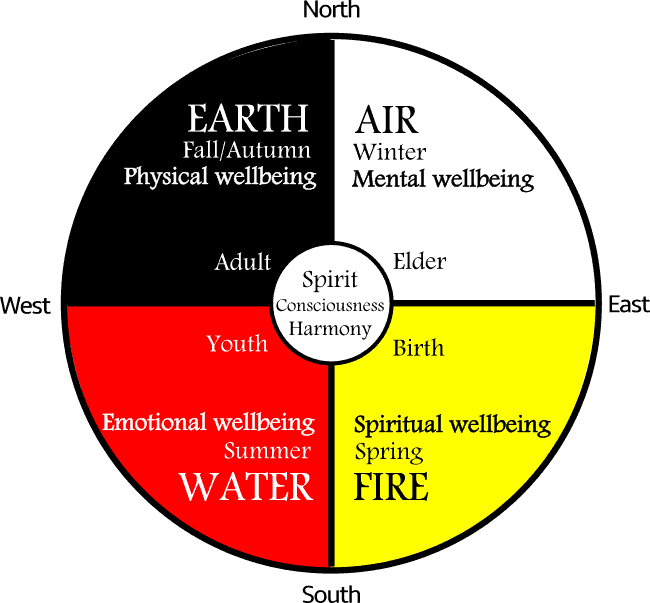
The medicine wheel is a key feature of Native American spirituality. Philosophically, it represents the wholeness of our universe and cycles of death and rebirth.
The wheel also symbolizes holistic healing, with each quadrant denoting a different area of health: spiritual, emotional, physical, and mental. By attending to these four areas, as many Native Americans do, you can forge an all-round healthier existence.
Some say that the quadrants and their colors also represent the earth’s seasons. Let yellow remind you of spring and renewal, red bring on summer and youth, black symbolize fall and maturity, and white embody winter and purging of the old to give rise to the new.
15. Spiral
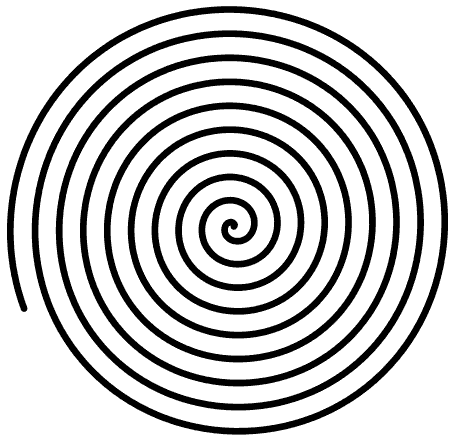
The spiral is another powerful symbol, whose center embodies the cosmic source from which all life emerges. The line spiraling outward traces that process of emergence, representing the creation and expansion of life.
You can make use of the spiral if you’re feeling lost or disconnected from yourself. Trace its path from the outside in, reaching the spiral’s original, central source. What lies at your center?
The spiral symbol also conveys the interconnectedness of our universe. Keep this in mind to remember that you’re part of a larger whole and avoid overmagnifying your transitory problems.
16. Eight-Legged Horse (Sleipnir)

In Norse mythology, the God Odin rode an eight-legged horse, Sleipnir, which helped him travel between realms in search of knowledge.
Thanks to Sleipnir, Odin thus became a kind of shaman, visiting the realms of the living, the dead, and beyond. This story has inspired many indigenous traditions, whose shamans ride eight-legged horses during their spiritual journeys.
Thus, the Eight-Legged Horse represents an otherworldly journey or spiritual transition. The extra legs are symbolic of heightened speed and ability to travel between realms, both physical and spiritual. This aligns with a shaman’s role as a ‘walker between worlds,’ able to journey between the realm of humans and that of spirits in order to gain wisdom, healing, and guidance.
You can summon the eight-legged horse, too; use it like Odin to help you make long journeys into exciting spiritual realms.
17. Shaman Drum
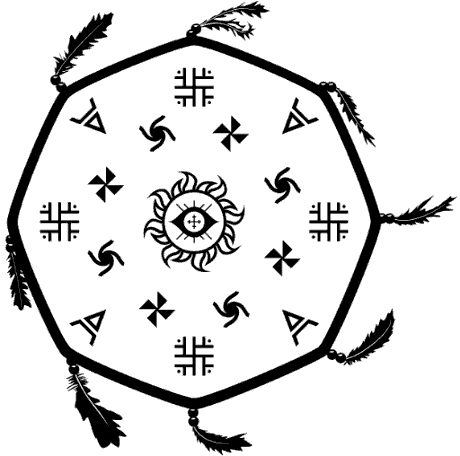
Drums play various roles in shamanism, and so the drum symbol is imbued with meaning. Mainly, shamans use drum beats to help them drive away sickness, travel to different realms, and enlist spirits to support healing and hunting. Some hunting rituals, for instance, involve divination using a drum to discover an animal’s location.
In some societies, a shaman’s drum also symbolizes their spirit animal, with its hide used for the drum’s head. Inspired by all these usages, you can rely on the drum symbol for spiritual travels, divination, invoking spirit animals, and healing.
18. Triskele
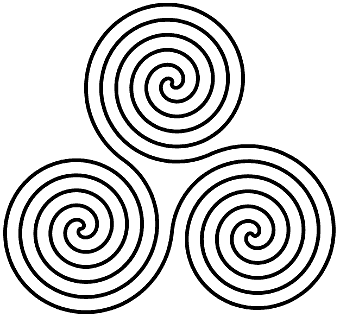
The Triskele, or triple spiral, is a powerful shamanistic symbol that originates from ancient Celtic culture. It comprises three spirals interconnected in a rotational symmetry, and represents growth, balance, movement, cycle of life, and transformation.
The Triskele symbol is also associated with the triad of body, mind, and spirit. When these three aspects are in balance, it aids in integrating intuition with logical thinking and action, thereby enhancing decision-making. It can also help open your third eye allowing for the transcendence of realities.
When you find yourself confused and seeking answers to your questions, consider meditating on the Triskele as it will elevate your awareness and stimulate intuitive capacities, assisting you in making the right decisions.
19. Circle
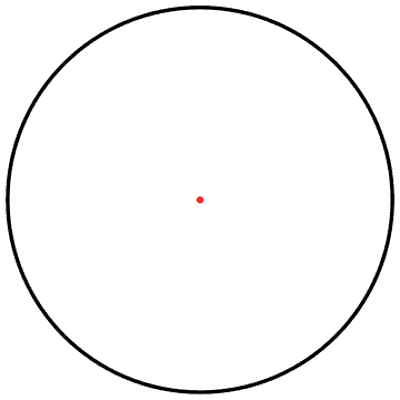
The Circle is a shamanistic symbol representing unity, wholeness, universal consciousness, and the cyclical nature of life. It embodies interconnectedness, completeness, and the continuous flow of energy. In shamanistic practices, the Circle is used to create a sacred space, connect with the spiritual realm, and commune with nature’s energies. It reminds us of our interconnectedness and invites reverence for the cycles of life.
20. Feathered arrow
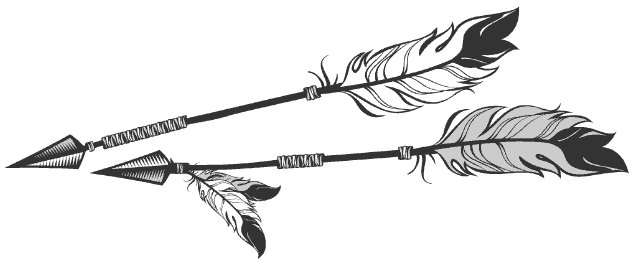
The Feathered Arrow, a revered symbol in shamanism, represents spiritual ascent and transcendent communication. The arrow signifies purpose and direction, while the feathers, akin to a bird in flight, symbolize liberation from earthly constraints and ascension to higher realms. Used in shamanistic practices, this symbol underscores the soul’s journey towards higher consciousness and the cyclical nature of life and spiritual evolution.
21. Shamanistic Animal symbols

In Shamanic traditions, a power animal serves as a guide, spirit companion, and protector. When you find your power animal, typically through a resonance you feel with a particular animal, you can strengthen the bond by meditating on it. This bond allows you to call upon your power animal whenever you seek protection or guidance. A few examples of power animals and what they represent is as follows:
- Eagle: The eagle is often associated with higher perspectives, spiritual insight, and broad visions.
- Cricket: The cricket typically signifies mystery and intuition. It serves as a shamanistic reminder to remain grounded and balanced.
- Raven: Considered a shamanistic symbol of transformation, the wild raven signifies radical change and spiritual evolution.
- Scorpion: Despite its poisonous sting, the scorpion is a symbol of healing in shamanism. Its venom, while dangerous, can be used to prepare medicinal remedies.
- Seal: The seal, capable of thriving in both air and water, symbolizes the ability to live in multiple realities. This makes it particularly relevant to shamanic traditions that value balance and adaptability.
- Birds: In Siberian shamanism, birds are seen as effective mediators between cosmic worlds due to their ability to perch on trees and navigate the skies.
- Bear: The bear is a symbol of strength, courage, and endurance. Bears also symbolize introspection and self-observation due to their hibernation habits. As a protector, the bear uses its strength and courage to guard what it treasures.
- Wolf: The wolf is often associated with loyalty, strong family ties, good communication, education, understanding, and intelligence. As a protector, the wolf uses its high intelligence and sense of community to protect the pack.
- Lion: The lion symbolizes strength, bravery, and power. Known as the king of animals, the lion is a protector of the family and a symbol of authority and command.
- Hawk: Hawks are often seen as messengers, bringing wisdom, clarity, and a broader perspective. They are protectors in the sense that they alert us to what might be coming and guide us towards our higher vision.
In essence, each power animal embodies its unique symbolic meanings and offers distinct insights, guiding you in your spiritual journey.
Conclusion
In conclusion, shamanistic symbols possess immense power as they serve as gateways to the sacred realm. By engaging with the right symbols, your can tap into its transformative potential, seeking guidance, healing, and personal growth. Incorporate symbols into your life through meditation, reflection, and ritual, allowing them to amplify your spiritual journey and connection to the sacred.


